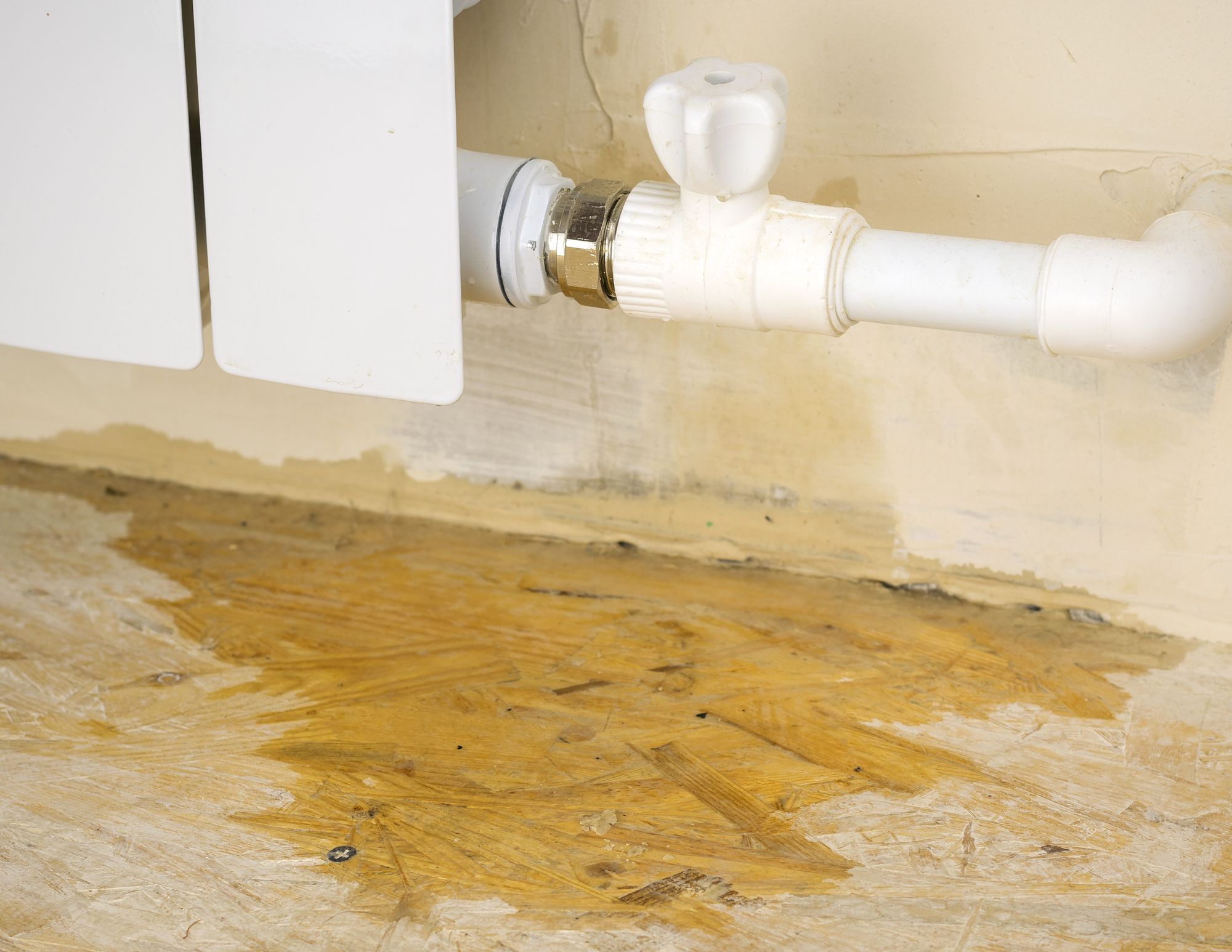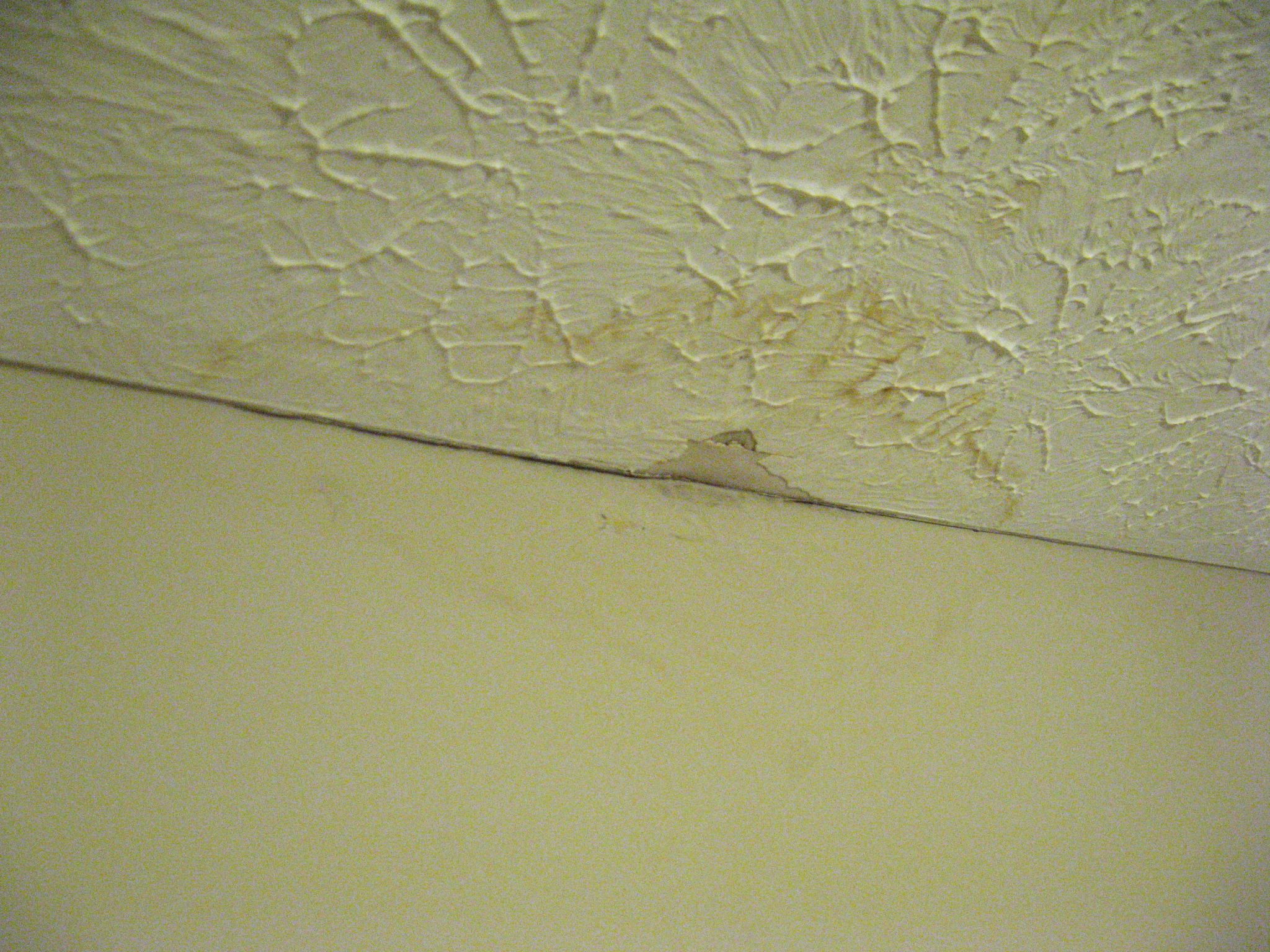Learn About 6 Common Reasons Behind Water Seepage in Your House
Learn About 6 Common Reasons Behind Water Seepage in Your House
Blog Article
Just how do you feel in regards to Common Water Leaks In House?

Leakages not only trigger waste of water however can likewise trigger unnecessary damage to your home as well as promote undesirable natural development. Sadly, water leakages might go undetected given that a lot of the pipework in our house is concealed. By understanding and also looking for everyday situations that trigger leakages, you can protect your residence from future leakages and also unneeded damage. Today, we will consider 6 leak triggers that may be creating your pipes to trickle.
Encroaching origins
Many water leaks begin outside your home as opposed to inside it. If you observe an unexpected reduction in water stress, claim in your faucet, require time to head out as well as analyze your lawn. You may see damp spots or sinkholes in your backyard, which could indicate that tree origins are getting into water lines creating water to seep out. You can have your plumber look for intrusion, specifically if you have trees or hedges near your property.
Rusty water supply
This may be the reason of staining or warping on your water pipelines. If our plumbing system is old, think about replacing the pipelines since they are at a higher risk of deterioration than the more recent versions.
Defective Pipeline Joints
Pipe joints can weaken over time, resulting in water leaks. If you have loud pipes that make ticking or banging sounds, particularly when the hot water is turned on, your pipe joints are possibly under a lot of pressure.
Instantaneous temperature adjustments.
Severe temperature modifications in our pipes can cause them to expand and get suddenly. This expansion and tightening may trigger splits in the pipelines, particularly if the temperature level are listed below cold.
Poor Water Connectors
At times, a leak can be created by loosened hose pipes as well as pipelines that provide your devices. In situation of a water links leak, you may notice water running directly from the supply line or pools around your appliances.
Blocked Drains
Clogged drains pipes could be frustrating and also inconveniencing, but they can sometimes wind up triggering an overflow leading to burst pipelines. Keep removing any products that may go down your drains pipes that could obstruct them to avoid such inconveniences.
All the above are reasons for leaks yet not all water leaks arise from plumbing leaks; some leaks might originate from roofing system leakages. All leaks need to be fixed instantly to prevent water damage.
Leaks not just trigger waste of water but can also trigger unnecessary damage to your home and also advertise undesirable natural growth. By looking as well as recognizing for day-to-day situations that trigger leakages, you can safeguard your house from future leaks and also unneeded damage. Today, we will certainly look at six leakage triggers that may be causing your pipes to leak.
At times, a leak can be triggered by loosened pipes as well as pipes that provide your devices. In instance of a water connections leak, you might observe water running straight from the supply line or puddles around your appliances.
How To Check For Water Leak In Your Home
How To Check for Leaks
The average household's leaks can account for nearly 10,000 gallons of water wasted every year and ten percent of homes have leaks that waste 90 gallons or more per day. Common types of leaks found in the home are worn toilet flappers, dripping faucets, and other leaking valves. These types of leaks are often easy to fix, requiring only a few tools and hardware that can pay for themselves in water savings. Fixing easily corrected household water leaks can save homeowners about 10 percent on their water bills.
To check for leaks in your home, you first need to determine whether you're wasting water and then identify the source of the leak. Here are some tips for finding leaks:
Take a look at your water usage during a colder month, such as January or February. If a family of four exceeds 12,000 gallons per month, there are serious leaks.
Check your water meter before and after a two-hour period when no water is being used. If the meter changes at all, you probably have a leak.
Identify toilet leaks by placing a drop of food coloring in the toilet tank. If any color shows up in the bowl after 10 minutes, you have a leak. (Be sure to flush immediately after the experiment to avoid staining the tank.)
Examine faucet gaskets and pipe fittings for any water on the outside of the pipe to check for surface leaks.
Undetected water leaks can happen without the home or business owner even realizing. If you suspect a water leak, but not able to find the source. It is time to contact a professional water leak detection service, The Leak Doctor.
How To Find a Water Leak In Your Home
https://www.leakdoctor.com/blog/How-To-Check-For-Water-Leak-In-Your-Home_AE197.html

As a serious person who reads on How to detect water leaks in your home, I imagined sharing that piece of content was a good thing. Do you know about another person who is occupied with the niche? Feel free to share it. We thank you for reading our article about How to Find Water Leaks.
Trusted by locals for emergencies. Report this page